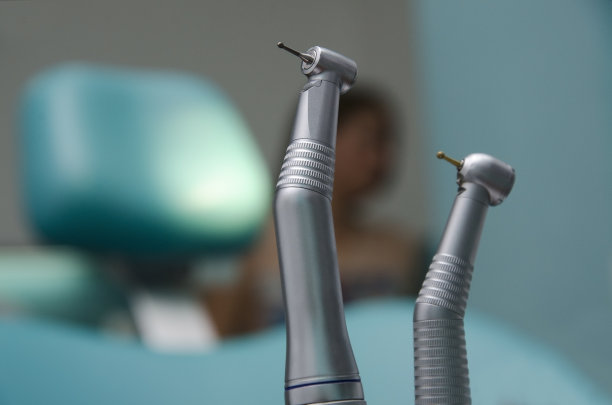The Process of Extracting a Tooth Understanding the Reasons Recovery and Care Tips for a Smooth Experience
Summary: Tooth extraction is often a necessary dental procedure due to various reasons such as decay, overcrowding, or infection. Understanding the entire process—from the reasons behind the extraction, the anticipated recovery phase, to the essential care tips—can significantly improve a patients experience. This article aims to provide detailed insights into these aspects, ensuring readers are well-informed before undergoing this procedure. We will explore the motivations for extraction, the step-by-step process, the recovery timeline, and crucial aftercare tips for a smooth experience. Armed with this knowledge, individuals can approach tooth extraction with confidence and minimize anxiety associated with dental procedures.
1. Reasons for Tooth Extraction Explained

There are multiple reasons why a tooth extraction may be necessary. The most common reason is severe tooth decay that makes the tooth irreparable. When a cavity extends deep into the tooth structure and impacts the nerve, a dental crown or filling may not suffice, prompting the need for extraction. This is essential not only to alleviate pain but also to prevent infection from spreading.
Another reason for extraction is overcrowding in the mouth. In such cases, orthodontic treatment may require the removal of one or more teeth to create space. This is particularly common in teenagers and young adults whose jaw may not be large enough to accommodate all teeth properly.
Lastly, impacted teeth, especially wisdom teeth, often necessitate extraction due to their inability to emerge fully through the gums. This condition can lead to pain, infection, or even damage to neighboring teeth. Understanding these reasons can help patients prepare for the dental consultation that might lead to extraction.
2. The Tooth Extraction Process Unveiled
The tooth extraction procedure generally consists of several steps to ensure patient comfort and safety. Initially, the dentist performs a thorough examination, often accompanied by X-rays, to determine the best course of action. This initial assessment is crucial in crafting a tailored extraction plan based on the tooths condition and the patient’s medical history.
Next, the area surrounding the affected tooth is numbed using a local anesthetic. This step minimizes discomfort during the extraction process. For complex cases, sedation may be offered to help patients feel more relaxed. Once the area is adequately numbed, the dentist gracefully removes the tooth using specialized instruments.
Post-extraction, the dentist may provide the patient with bite gauze to help control bleeding and may give specific instructions regarding pain management and care. Being aware of this process alleviates anxiety and helps patients understand what to expect during their dental visit.
3. Recovery Timeline After Extraction
The recovery period after a tooth extraction can vary depending on the complexity of the procedure and an individual’s overall health. Typically, patients can expect to experience some swelling and discomfort for the first few days. It is essential to rest during this time and stick to soft foods, allowing healing to occur without exacerbating the situation.
Within the first 24 hours, most patients report a reduction in swelling and pain. However, it is critical to follow the dentists post-operative care instructions precisely to avoid complications, such as dry socket, which occurs when the blood clot dislodges before healing is complete.
By the end of the first week, the majority of the discomfort should notably subside, and the healing process will be underway. Regular follow-up appointments may be necessary to ensure proper recovery and to monitor the extraction site. Knowing this timeline can encourage patients to be proactive about their recovery.
4. Essential Aftercare Tips for a Smooth Recovery
After a tooth extraction, proper aftercare plays a significant role in the recovery process. The first step is to maintain oral hygiene but avoid the extraction site for the first 24 hours to minimize irritation. Gentle rinsing with warm salt water is advisable after the initial healing period to keep the area clean.
Additionally, ice packs can be employed for the first few hours post-extraction to reduce swelling. Pain relievers may also be utilized as prescribed by the dentist to manage discomfort effectively. It is essential to adhere to any prescribed medication schedule.
Finally, staying hydrated and following a soft-food diet can aid in the recovery process. Patients should avoid drinking through straws, as the suction can disturb the healing clot and lead to complications. Knowing these aftercare practices is vital for a seamless recovery experience.
Summary:
In summary, understanding the reasons behind tooth extraction, the step-by-step procedure, recovery expectations, and vital aftercare tips equips patients with the knowledge they need for a smoother experience. The fear and anxiety associated with dental work can be significantly lessened by being informed, leading to a positive outcome.
This article is compiled by Vickong Dental and the content is for reference only.



